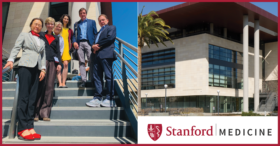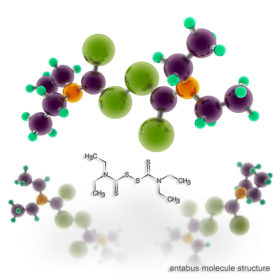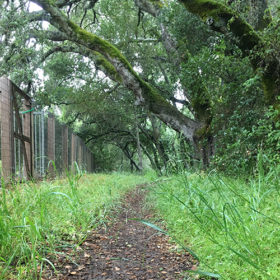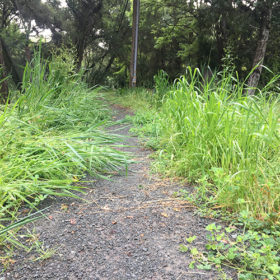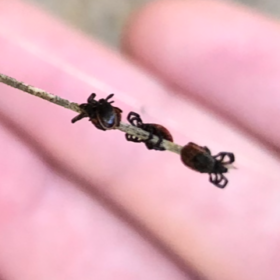FOR IMMEDIATE RELEASE
Media Contact:
Tara DiMilia, 908-947-0500, tara.dimilia@TMstrat.com
Lyme Disease Biobank Expands Into San Diego
Legislative Commendations Support Importance of New Collection Site’s Efforts To Elevate Research
San Diego, CA, March 6, 2020—Bay Area Lyme Foundation, a leading sponsor of Lyme disease research in the U.S., announces the opening of the San Diego collection site of the Bay Area Lyme Foundation’s Lyme Disease Biobank, which is the first program to provide researchers with blood and urine samples from people with early Lyme disease from multiple endemic regions across the country. Congressman Scott Peters and Council member Chris Cate are scheduled to speak at the ribbon-cutting ceremony for the new collection site, and Council President Pro Tem Barbara Bry, Senator Toni Atkins, and Assembly member Todd Gloria will send representatives to issue commendations to support this event.
“Lyme disease is a growing problem in the County of San Diego, because many of our residents travel to or relocate from other more highly endemic areas and it is also possible to be infected locally,” said Sharon Wampler, PhD, who was instrumental in bringing Bay Area Lyme Foundation’s Lyme Disease Biobank to San Diego. “As a world-class hub for research and innovation, we can be part of the solution. This biobank is an important resource which will help researchers answer many current scientific questions about tick-borne diseases.”
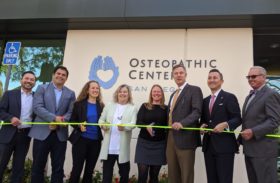
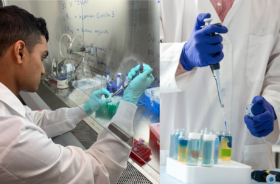

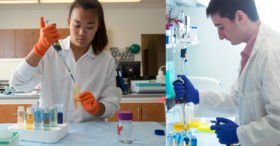

 Guest Post from
Guest Post from